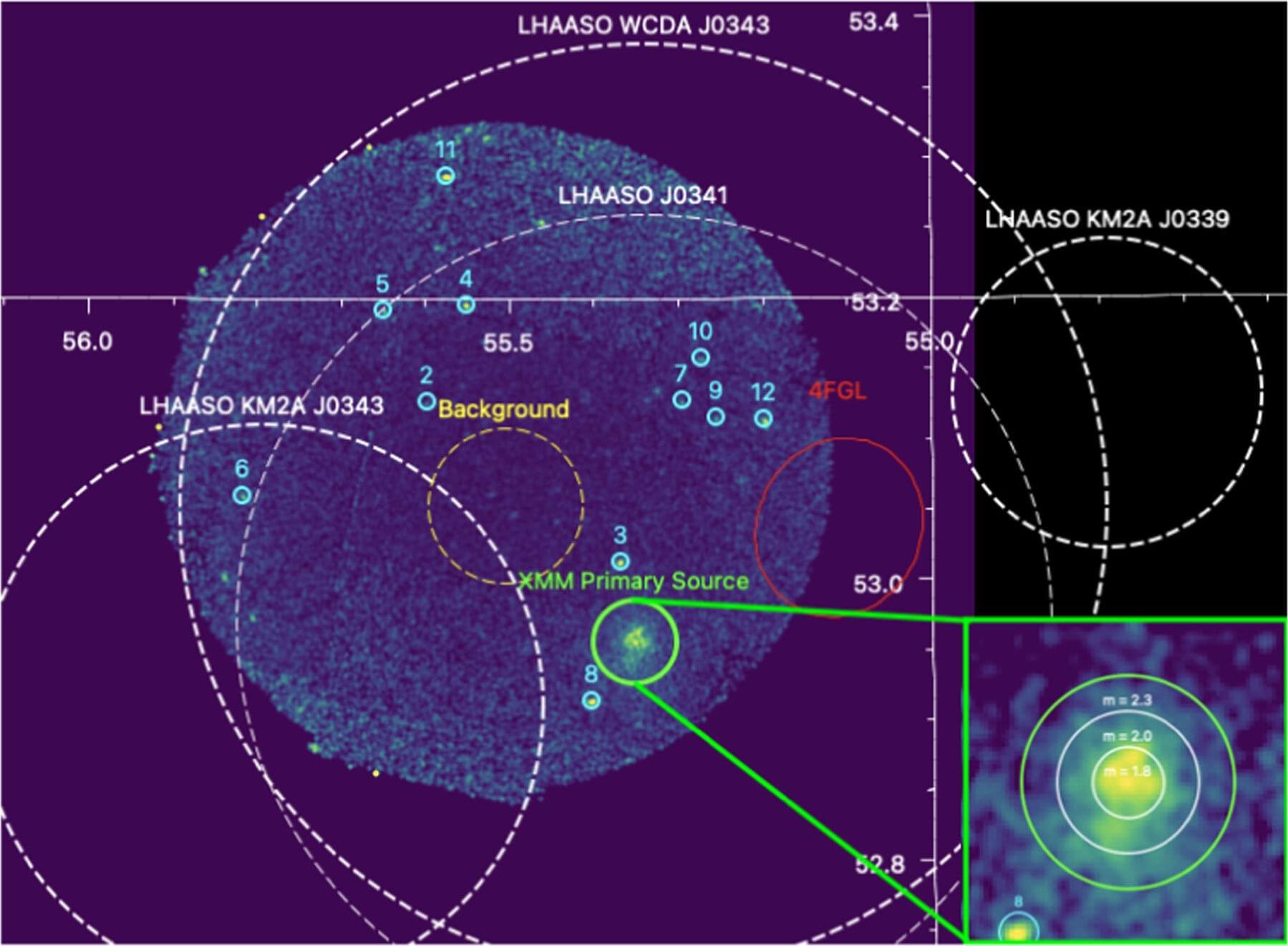New research published by Michigan State University astrophysicists could help scientists answer a century-old question: Where did galactic cosmic rays come from?
Cosmic rays—high-energy particles moving close to the speed of light—originated from somewhere in the Milky Way galaxy and beyond, but exactly where has been a mystery since they were discovered in 1912. Shuo Zhang, MSU assistant professor of physics and astronomy, and her group led two studies that shed new light on where cosmic rays might have come from. The recently published findings were presented at the 246th meeting of the American Astronomical Society in Anchorage, Alaska.
The sources of these high-energy, fast-moving particles could bear the nature of black holes, supernova remnants and star-forming regions. These extreme astrophysical events are also known to produce neutrinos—tiny, nearly massless particles that are found in abundance not only deep in space, but also on our planet.
